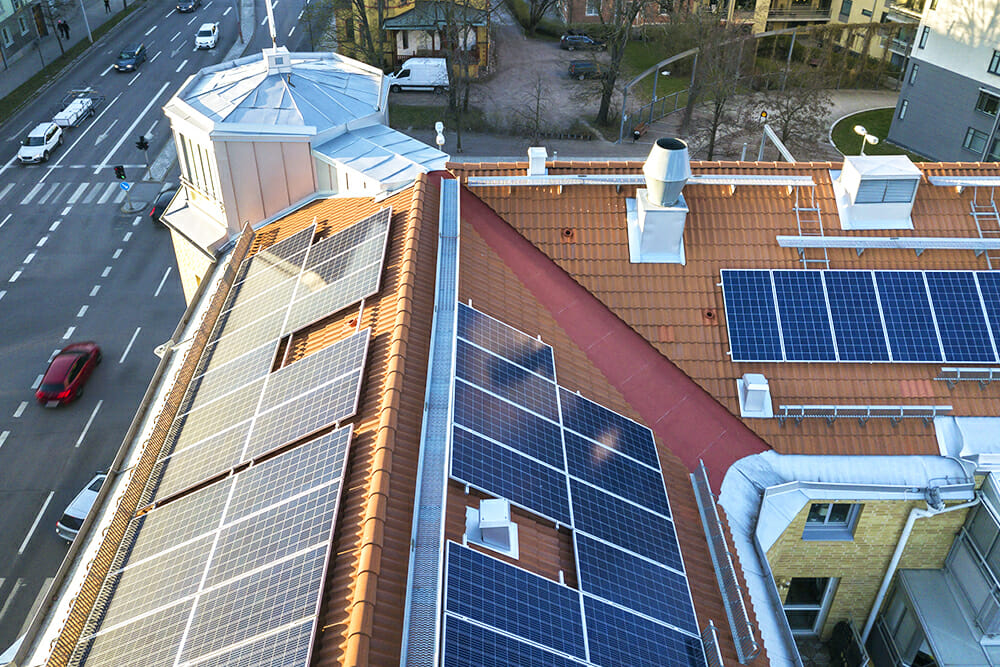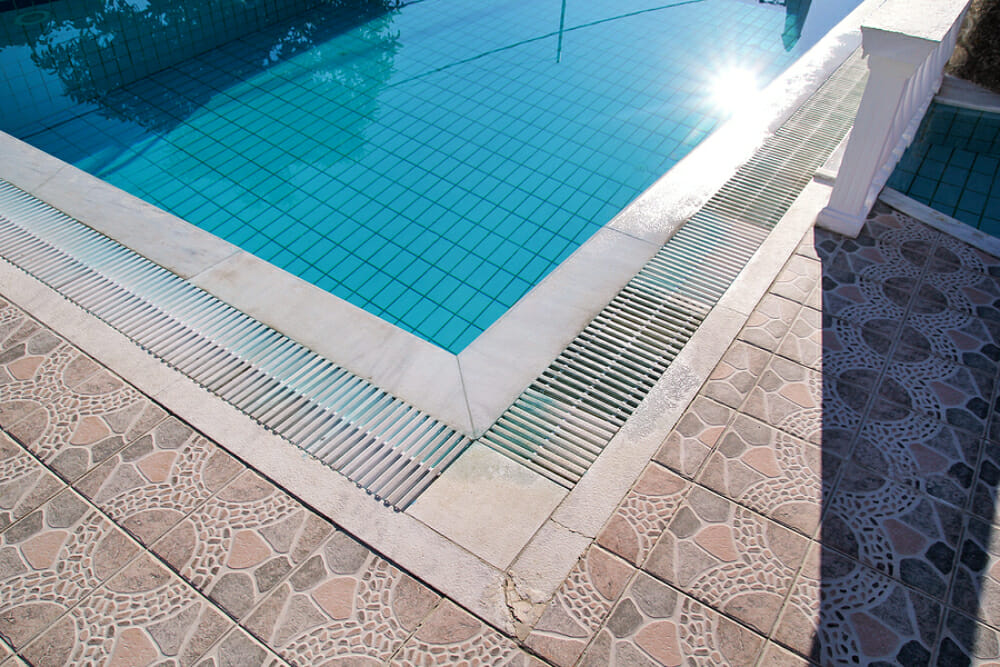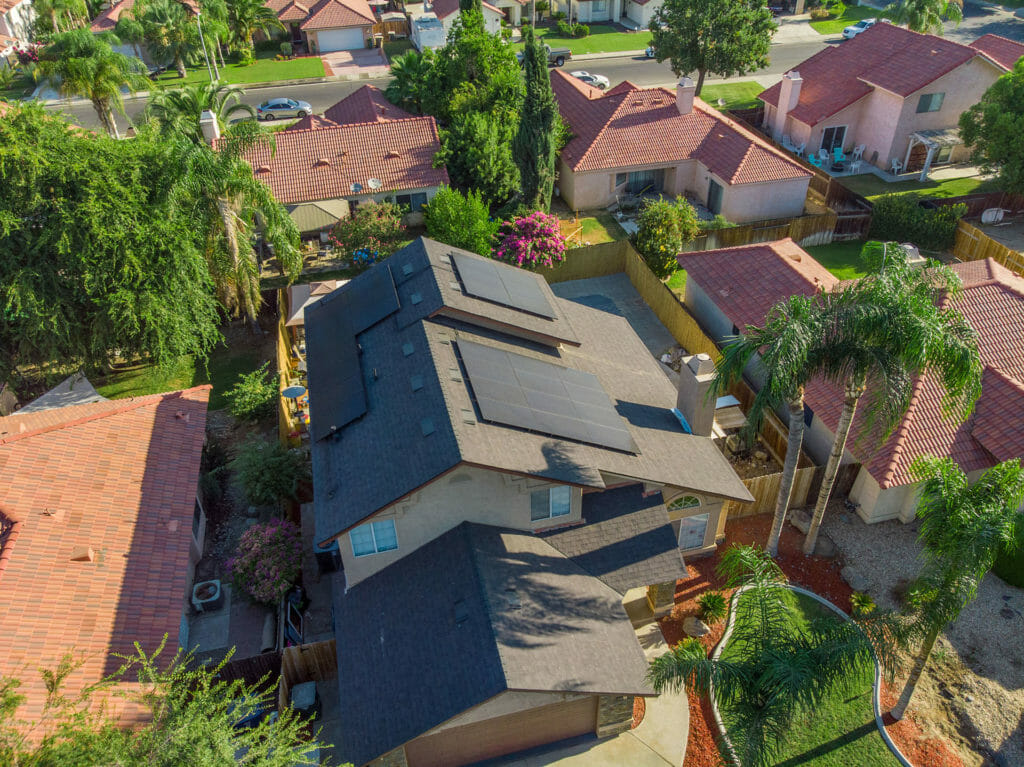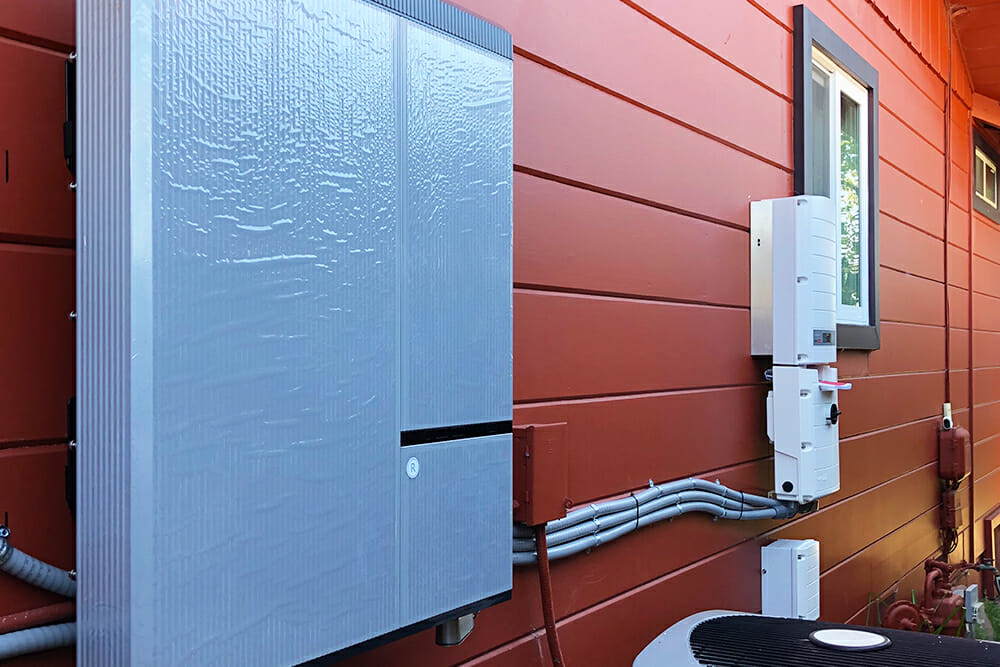As electricity rates continue to rise throughout the United States, an increasing number of homeowners and businesses are recognizing the benefits of solar power systems. But for many would-be solar adopters, paying cash for a solar power system isn’t feasible. Thankfully, there are many financing options available which make solar power accessible to all.
Here is a rundown of the most popular financing options currently available.
PACE Financing
Property assessed clean energy (PACE) financing is a general term for a loan model where homeowners or business owners borrow money from private lenders to pay for equipment, such as solar power systems, to improve the energy efficiency of the property. Unlike typical loans, borrowers do not make a monthly payment on the loan. Instead, the repayment is added onto annual property taxes.
One of the major benefits of the PACE financing model is that no credit check is necessary in order to take advantage of the loan, as the home or commercial building on which the solar power system is installed essentially serves as collateral. With PACE financing, the debt is tied to the property, rather than to you.
The flexibility of PACE financing has made it very popular. However, think carefully about choosing a PACE loan if you are planning on selling your home or business in the next few years, as you will either have to pay the loan off in full before selling, or convince the buyer to take over the loan.
In the state of California, there are many residential and commercial PACE lenders, including HERO, Ygrene, CaliforniaFIRST, PACEDirect, mPower, and more.
In Nevada, options are much more limited. As of 2020, the only active PACE program appears to be the Las Vegas C-Pace program, but hopefully more such opportunities will become available in the near future.

Private Loans
Just as most car dealerships offer loan options to make their cars affordable, many solar power companies have partnered with banks and other lenders that offer special energy efficiency financing options, made available through the installation companies which utilize their products.
These loans work similarly to traditional loans, in that they are unsecured, and you must have a credit score of at least 650 to be approved. There are a wide variety of options available, such as no money down with 18 months of interest-only payments, 0% interest same-as-cash, and repayment terms ranging from 1 to 25 years.
In addition to loans offered by solar companies, many lending institutions such as banks and credit unions also finance solar power systems through home improvement loans, HELOCs, and other loan options.
Solar Lease
As with auto leases, under a solar lease, you do not own the solar power system installed on your home or business. Instead, you pay a monthly lease to a private company. Under a solar lease, the solar company—not the homeowner or business owner—owns the system, covers the cost of installation, and guarantees a minimum level of performance.
One of the big benefits of leasing a solar power system is that the payment doesn’t vary depending on how much electricity is produced by the system. You pay the same flat payment every month.
On the other hand, the most significant drawback of leasing a solar power system is that you are not eligible for the solar investment tax credit—the credit instead goes to the system owner. Leases can also pose a complication if you eventually choose to sell the property, as the lease must be either transferred or paid off in full.
However, for homeowners and businesses which otherwise can’t afford to purchase a system, a lease still allows them to enjoy the energy savings offered by solar power.
Power Purchase Agreements (PPAs)
Power purchase agreements (PPAs) are, at first glance, quite similar to solar leases: a private party owns the system, pays to have it installed, and collects the investment tax credit. In addition, the owner also covers the cost of maintaining the system.
But there is a significant difference with a PPA: you don’t pay a flat fee, but instead pay the system owner for the energy generated by the system. Essentially, you receive a power bill from the system owner, along with your normal power bill.
The benefit of a PPA is that you don’t have to pay any of the upfront costs associated with getting a solar power system, and the rate you pay for electricity generated by the solar system is less than what you would pay your utility provider, resulting in a net savings.
PPAs have a set term, usually 15 or 20 years. When this term expires, the system is removed.
As you can see, there are an exciting variety of financial solutions that make solar power accessible and affordable. If you would like to learn more about financing options, and get assistance in determining the solution that’s right for your home or business, contact Ilum Solar today!




